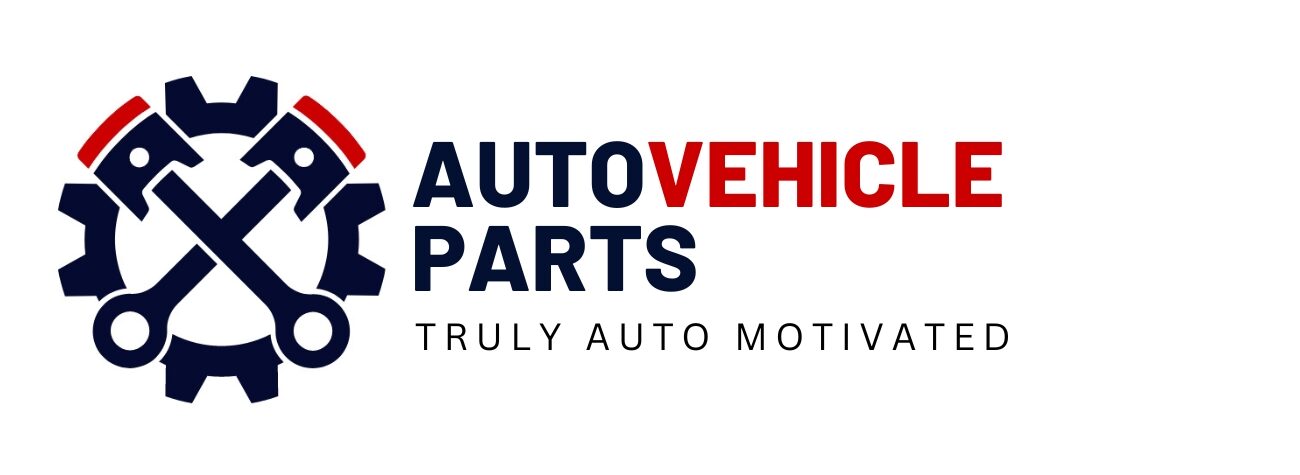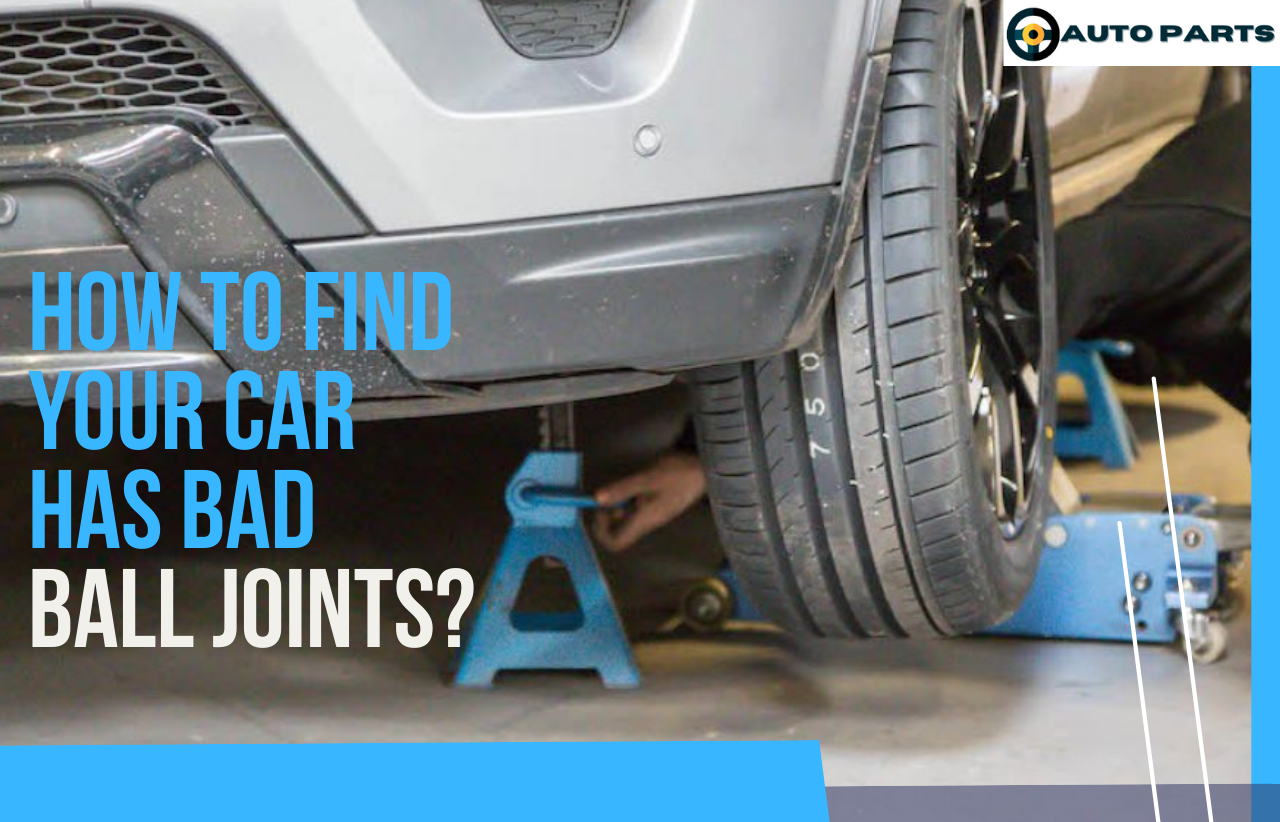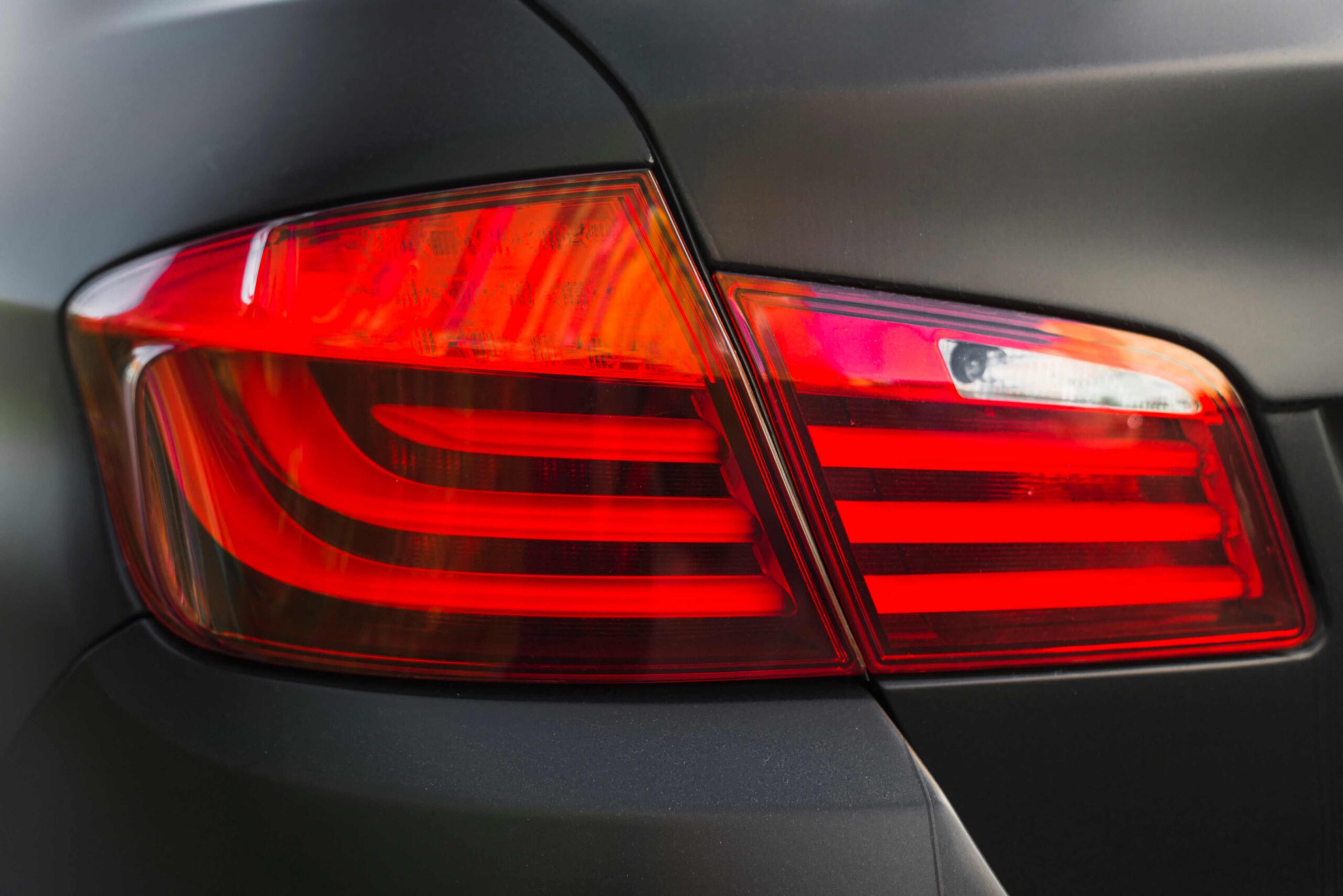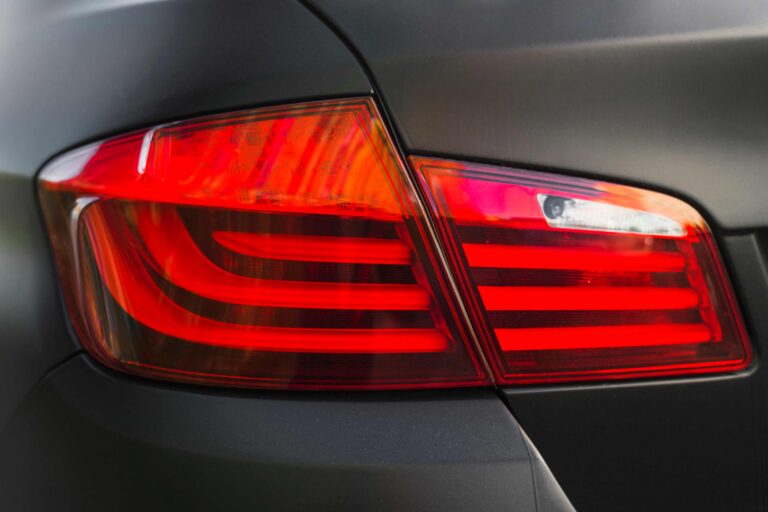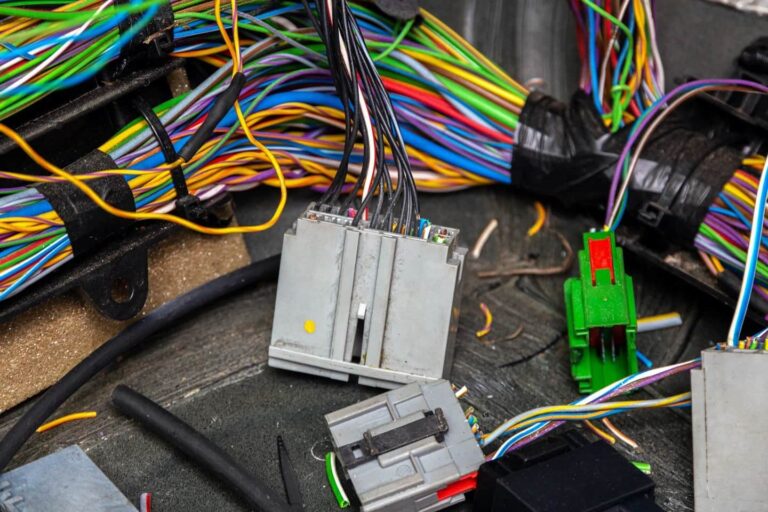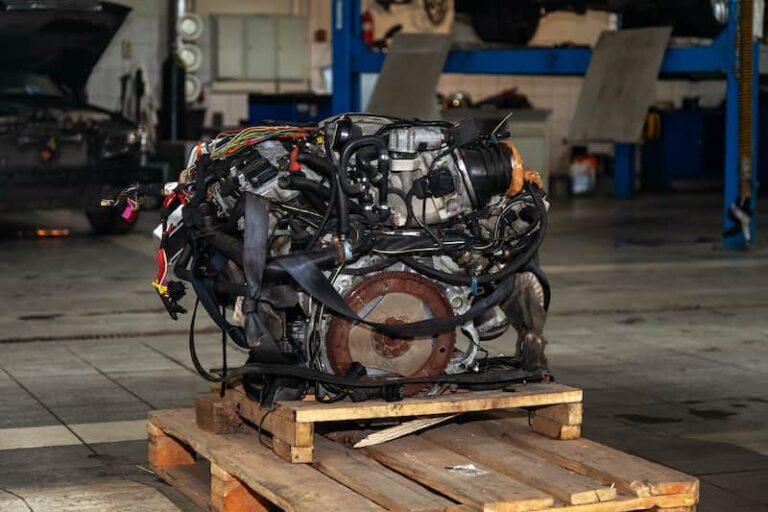Your vehicle’s front suspension is a very outstanding device. The front suspension, which is made up of a complex assembly of control links and wheel hubs, not only allows your front wheels to move up and down independently of one another for a smooth ride, but it also allows both wheels to turn left or right together so you can get your vehicle where you need to go. Although there are many different types of front suspensions, such as upper and lower control arms and MacPherson struts, they all have one thing in common: the Ball Joints. When a ball joint fails, it can be quite dangerous.
Table of Contents
ToggleSymptoms of Loose Ball Joints
Ball joints may endure 70,000 miles or more, but they aren’t indestructible. Your driving habits, road conditions, and exposure to road splash and salt will all influence how long they last. The generally close tolerance between the ball and socket will rise as the ball and socket wear together, and the ball joint will become loose over time.
- Sound
A faint, intermittent clunking noise coming from one of your vehicle’s corners is usually the first sign of worn or loose ball joints. When going over a bump, a dip, or around a corner, the sound may be more noticeable. While the sound may be mild at first, it will become louder and more regular as time passes and the wear continues.
- Steering
Worn ball joints can impact the steering of your vehicle, making it sloppy or stiff depending on how worn the ball joint is. Ball joint wear can also be detected by feeling a vibration in the steering wheel while driving down a level, straight road, or by your vehicle sliding to the right or left when travelling over bumps.
- Tires
Uneven tire wear could indicate that your ball joints are failing. If the inner or outer margins of your front tires are wearing out faster than the remainder of the tread, it’s likely that worn ball joints are to blame. If both edges are wearing down faster than the center, the issue is under-inflation of your tires, not ball joints.
Related: Symptoms of faulty tie rods
Wear Indicators
Some ball joints come with built-in wear indicators, making it easier to diagnose loose ball joints. A moveable grease fitting serves as a wear indication. The ball joint is worn and should be changed when the grease fitting collar is flush with or below the bottom of the ball joint housing.
A wear indicator pin protrudes through a hole in the bottom of the ball joint in other types. The ball joint is fine as long as the pin is visible. The ball joint should be replaced when it becomes flat with the housing or is no longer visible.
Dangers of Bad Ball Joints
A worn ball joint is not an issue that should be ignored; if it fails catastrophically, your front suspension will come apart, leading you to lose control of your car. If you suspect worn ball joints, have your car inspected by a qualified mechanic who is familiar with detecting and repairing suspension problems.
